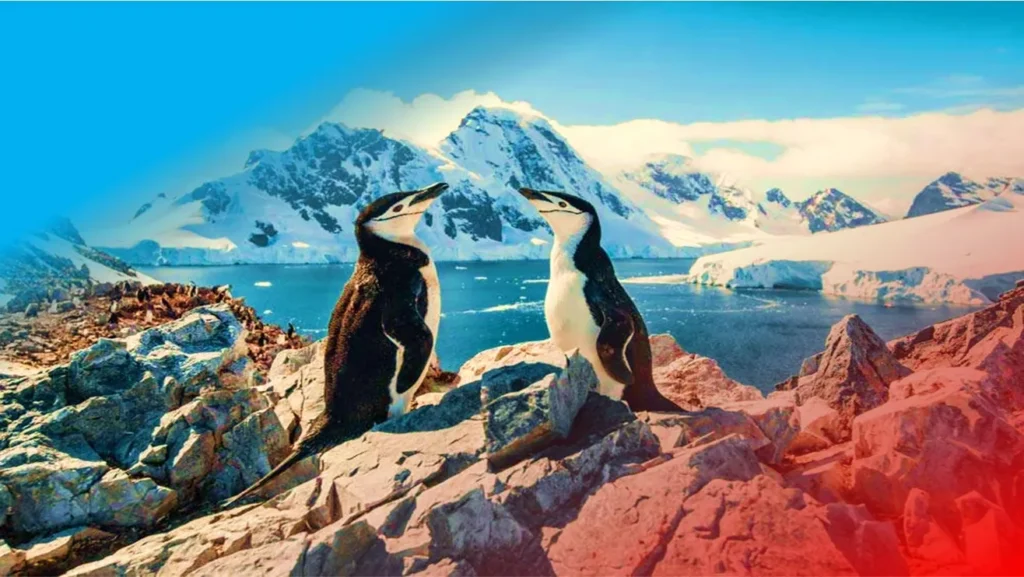Understanding the Ozone Layer’s Vital Role
Ongoing Threat to Antarctic Ecosystems by Ozone Layer: The ozone layer, a crucial shield against destructive UV radiation from the sun, has long been a focus of environmental concern. Despite international efforts like the Montreal Protocol, which aimed to control ozone-depleting substances, recent research signals a troubling development: the ozone hole over Antarctica is enduring longer into the southern hemisphere’s summer months.
The Shift in Ozone Depletion Patterns
Usually, the ozone hole peaked in September and October, but now it persists well into December. This extension exposes Antarctic plant and animal species to heightened levels of UV-B radiation precisely when they emerge from periods of dormancy. Sharon Robinson, a climate change biologist, emphasizes the dramatic increase in UV exposure, with levels more than double those of the 1970s.
Impacts on Antarctic Fauna
The consequences of prolonged UV exposure are terrible for Antarctic wildlife, particularly for species like juvenile emperor penguins and seals. Unlike land-based vertebrates, marine organisms lack UV-resistant fur or feathers, leaving them vulnerable to UV-related diseases such as skin cancer and cataracts.
Ecosystem Effects: From Krill to Phytoplankton
The repercussions extend beyond individual species to entire ecosystems. Increased UV radiation prompts krill to retreat deeper into the ocean, disrupting the delicate balance of marine food webs. Phytoplankton, the foundation of marine ecosystems, must divert energy into producing sunscreens, potentially reducing their availability as a food source.
Climate Change Compounds the Issue
The threat to Antarctic biodiversity is exacerbated by the broader impacts of climate change. Rising global temperatures contribute to record-low sea ice levels, further imperiling species reliant on these habitats. Additionally, the release of ozone-depleting chemicals from bushfires intensifies the ozone layer’s struggle to recover.
The Role of Collective Action
While the ozone layer is slowly healing, urgent action is needed to address the underlying drivers of its depletion. Mitigating climate change by reducing carbon emissions is paramount in safeguarding Antarctica’s fragile ecosystems.
By preserving sea ice and minimizing the frequency of bushfires, we can mitigate the compounding effects of climate change on the ozone layer and Antarctic wildlife.
A Call to Protect Antarctica
In conclusion, The ongoing challenges facing the ozone layer and Antarctic biodiversity underscore the interconnectedness of environmental issues. Through collective action and commitment to sustainability, we can preserve this unique ecosystem for future generations.
It is imperative that we prioritize the health of our planet and take decisive steps to mitigate the threats posed by climate change and ozone depletion.
Also Read:
The Phenomenon of Land Breeze and Sea Breeze – Nature’s Air Conditioning System
How an Airplane Toilets Works at high and low pressure?
